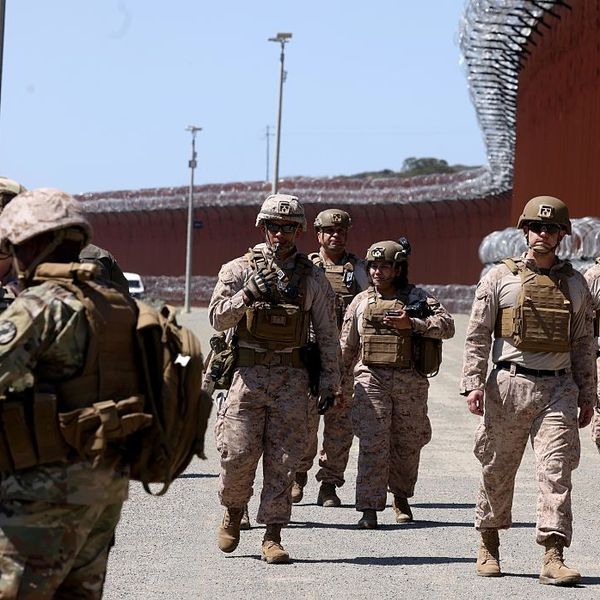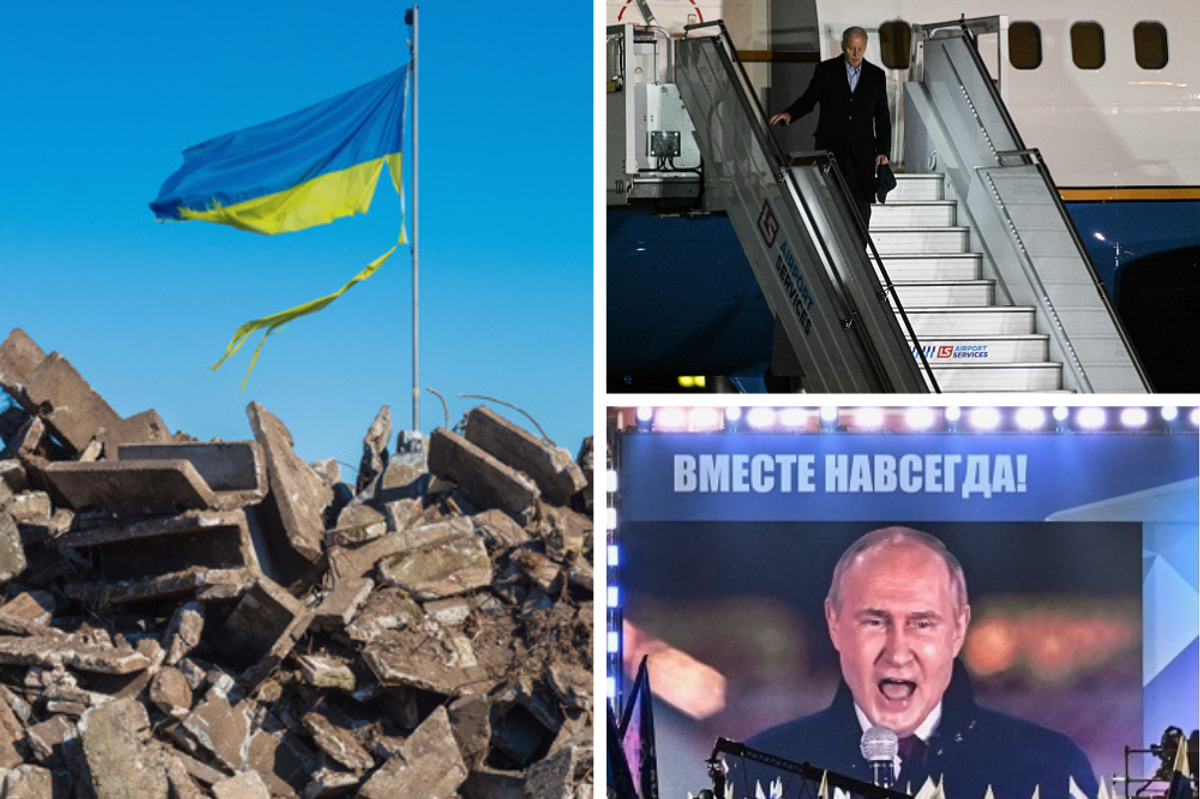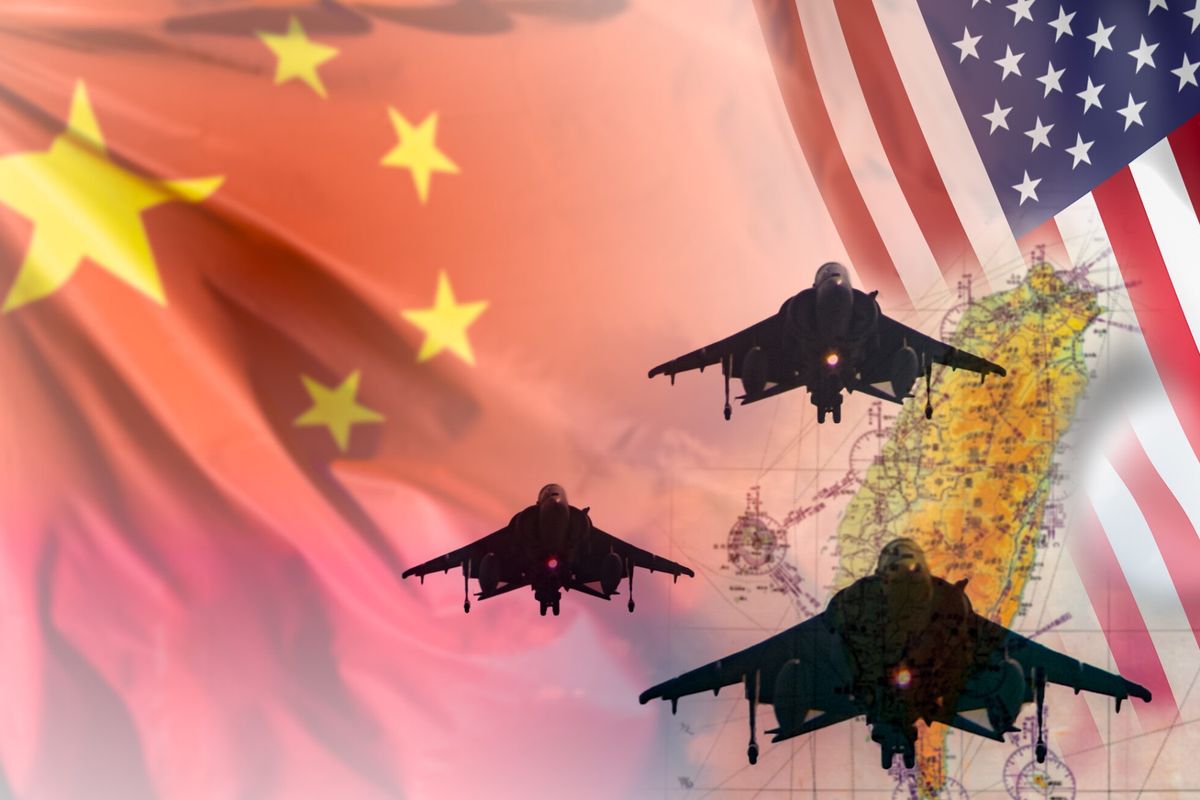The Northern Triangle – El Salvador, Honduras, and Guatemala – is one of the most violent regions in the world, with a staggering 17,422 homicides recorded in 2015. The solution for many citizens living in the violence: leave and head for the United States. Former Chief of the U.S. Border Patrol Mike Fisher tells The Cipher Brief why this poses a national security threat to the U.S. and what the biggest challenges on the border will be over the next decade.
The Cipher Brief: How does violence in the Northern Triangle impact U.S. national security?
Mike Fisher: Violence in the Northern Triangle impacts national security in a variety of ways. First and foremost, conditions in other countries (crime, economy, political stability/instability) are “push factors” which make it easier for smuggling organizations to recruit and ultimately smuggle people into the United States. Every time the United States experiences an increase of illegal entries between the Ports of Entry so too does the country experience increases in national security threats.
As violence increases, so does the “push factor,” and those who would otherwise be disinclined to make the journey into the United States reconsider their options in light of violence in their home country, as well as the impact for themselves and their children if they decide to stay in their home country.
As the “flow” of nationals from the Northern Triangle countries increases, so does the risk to national security. This is not because the individuals crossing illegally between the Ports of Entry have malicious intentions to do harm to the citizens of the United States, but because the increase in volume strains the law enforcement and judicial system. Coupled with current U.S. policy impacting their likelihood to remain in the U.S. in some legal status, the flow continues and the strain on U.S. Departments (Homeland Security, Health and Human Services, Justice) is otherwise “distracted” from other threats to the homeland.
The ultimate decision to leave their home country in the Northern Triangle is individualistic. However, where and when they will cross into the U.S. is entirely up to the smuggling networks.
TCB: Having worked on the border for almost 30 years, how has illegal immigration and illicit trafficking changed over time? How is it likely to change moving forward?
MF: Statistics show that at the height of illegal immigration (in 2000) apprehensions along the Southwest border totaled approximately 1.6 million. In 2014, arrests were less than 400 thousand. So the obvious conclusion is that the flow of people coming into the United States between the Ports of Entry has declined.
However, smuggling organizations are quick to adapt. For instance, 20 years ago, the vast majority of people being smuggled into the U.S. were nationals from Mexico. Today, more than 45 percent are from some country other than Mexico. Over the last three years, there have been foreign nationals from approximately 140 different countries that were smuggled into the U.S. This has increased smuggling fees, altered routes of travel, and ultimately changed the way in which smugglers have historically worked.
The smuggling organizations changed as well. Twenty-five years ago, many people were not smuggled into the U.S. Often times, people just walked across the border (along the Southwest border, for instance, the only line of demarcation with the country of Mexico was a meager four-strand barbed wire fence). The need for organizations to smuggle people developed as the U.S. increased its presence along the border.
Smuggling networks were born, and vast and complex ways to smuggle people were observed by law enforcement. Smuggling networks exploited and benefited from the vast and ever growing field of technology. In the future, smuggling organizations will continue to adapt and evolve as technology and U.S. policy shape their business model.
TCB: How is current technological development impacting other aspects of U.S. border security? What specific technological innovations have had the most impact?
MF: Technological developments over the years and into the foreseeable future will continue to impact the way the U.S. Government secures its border. Both in terms of quality and quantity, detection and monitoring capabilities have allowed the Border Patrol to expand its operations in rural and remote areas, as well as providing a force multiplier in urban areas. Unattended ground sensors, mobile surveillance systems, and integrated fixed towers have all played an integral role in reshaping the way agents deploy, respond, and ultimately increase effectiveness rates along the border.
The technology with the most impact, perhaps, has been the advent of geospatial intelligence collection along our southern and northern borders. Utilizing CBP’s Predator B Unmanned Aerial Systems, coupled with synthetic aperture radar, and VADER (Vehicle and Dismount Exploitation Radar), the Border Patrol now has a persistent capability to identify potential illegal crossing in remote locations, without having to deploy agents on a 24/7 patrol cycle.
TCB: Although illegal immigration to the U.S. has dropped to its lowest level in the past two decades, drug kingpins like Joaquin “El Chapo” Guzman still manage to illegally cross the border. How is this possible?
MF: Individuals intent on crossing illegally into the United States and who have the capability to do so—and who believe that the benefit exceeds the cost—will ultimately continue to try. The border environment is vast, dynamic, and, in many cases, hard to reach. Criminal organizations will continue to exploit vulnerabilities as they continue to smuggle people and contraband. The mission is to reduce the likelihood that they will succeed and if they do make it into the U.S., to impose a significant consequence to make the cost higher than the benefit.
TCB: What will be the biggest challenges for the Border Patrol in the next 10 years? What can the U.S. do now to mitigate these challenges and increase national security?
MF: The biggest challenge in the next 10 years will be to integrate all “information feeders” so the Border Patrol can deploy and redeploy resources in areas of highest risk; inform leaders within the organization for strategic planning and budget purposes; and train the workforce and future leaders to understand the impact of detection and monitoring systems and all-source intelligence to know when, where, and why to deploy resources commensurate with current and emerging threats.














